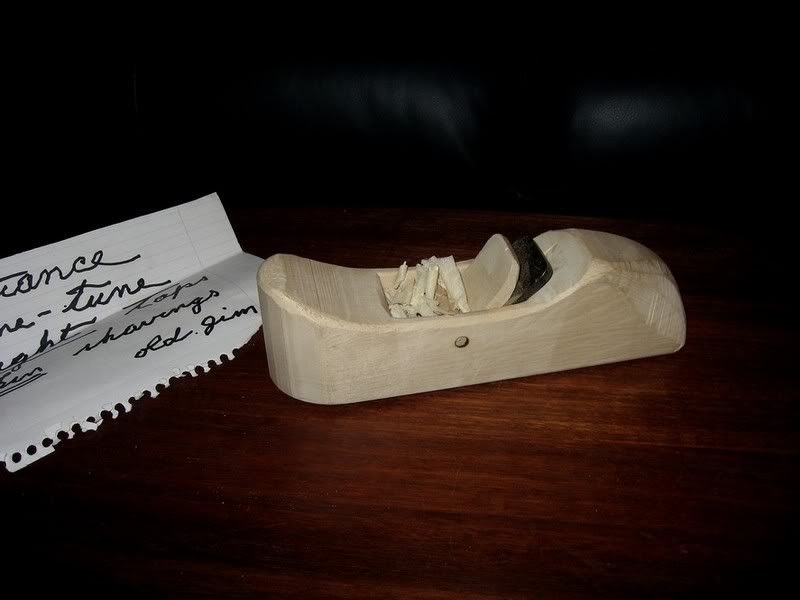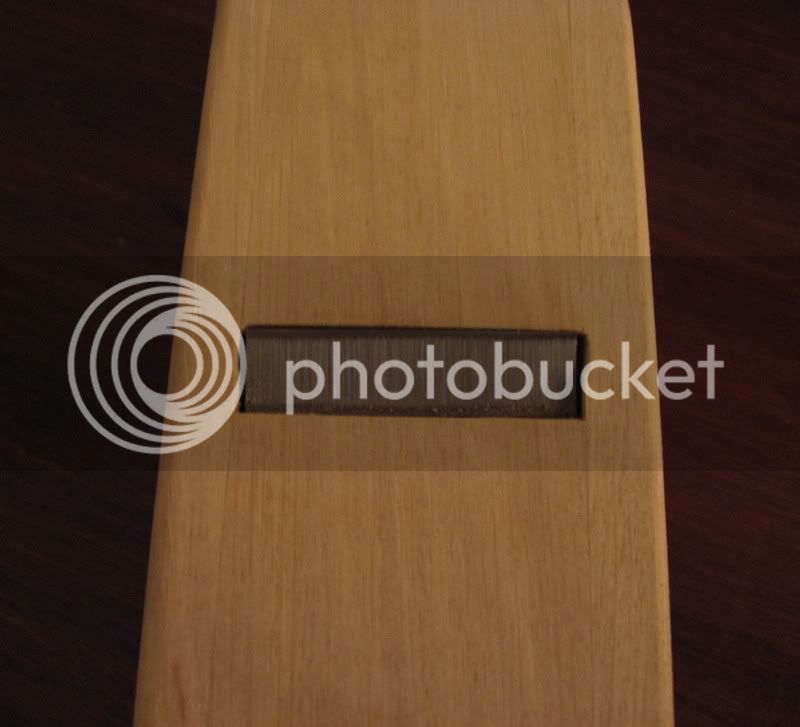woodbrains":33l8rbdz said:Hello,
I wonder what vegans expect happened to all the creatures, birds, squirrels, etc. that once lived in the beech tree that became the plane? I would just use hide glue and forget about the issue! :lol:
I suppose, thinking about it, being vegan is rather like those who say they exclusively use hand planes and never sandpaper. More of an ideal than a practical achievement, even if they fool themselves into thinking they have managed it!
Mike.
It's a noble concept, and most of the vegans I've met in real life are less militant than the average click bait news story about anti-meat protests. It's just not something I'd ever undertake. I think it's easier to avoid sandpaper than it is animal products, though!
As for those other things (the squirrels, etc), if the passed the porch of my relatives, they probably got shot and eaten. I'll keep using the hide glue, not sure what Chris will do if he ever separates the handle from the base, but that's probably his issue to worry about, I guess. I like repairable glues, but I"ve never used anything but hide and epoxy, except one stint with gorilla glue on the base of a case years ago (I didn't like it).







